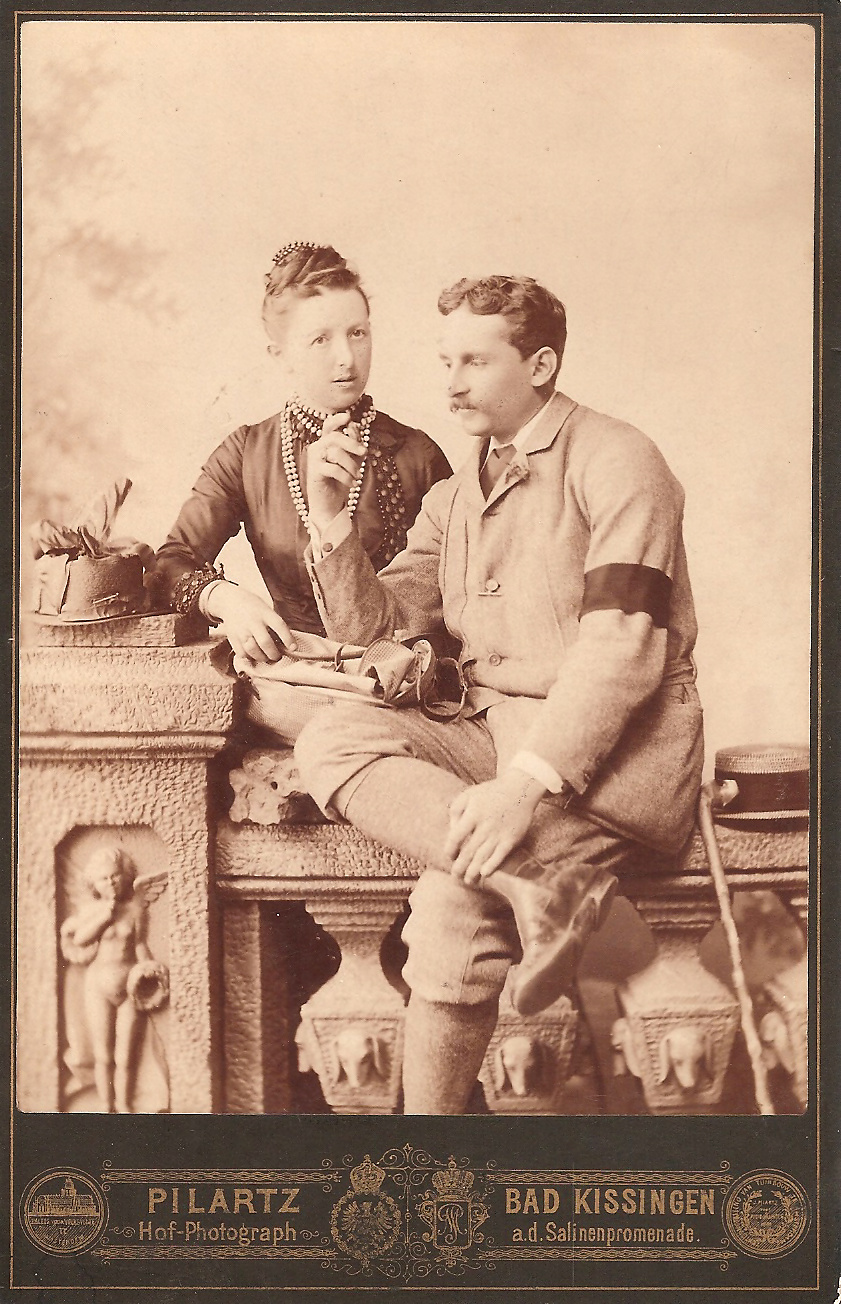
above picture taken in 22 June 1888
Arthur John EVANS
(1851 - 1941)
first child, first son of John EVANS and Harriet Anne DICKINSON;
married Margaret FREEMAN 1848-1893
Sir Arthur John Evans FRS (8 July 1851 – 11 July 1941) was an English archaeologist most famous for unearthing the palace of Knossos on theGreek island of Crete and for developing the concept of Minoan civilization from the structures and artifacts found there and elsewhere throughout theeastern Mediterranean. Evans was the first to define Cretan scripts Linear A and Linear B, as well as an earlier pictographic writing.
Along with Heinrich Schliemann, Evans was a pioneer in the study of Aegean civilization in the Bronze Age. The two men knew of each other. Evans visited Schliemann's sites. Schliemann had planned to excavate at Knossos, but died before fulfilling that dream. Evans bought the site and stepped in to take charge of the project, which was then still in its infancy. He continued Schliemann's concept of Mycenaean civilization but soon found that he needed to distinguish another civilization, the Minoan.